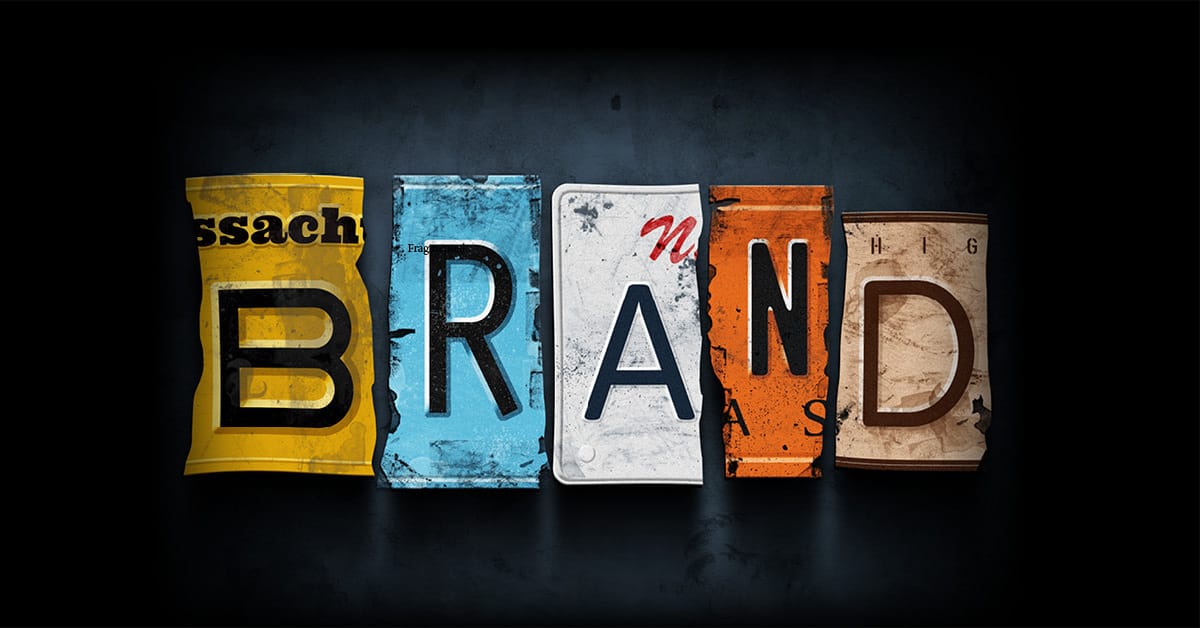
The word "brand" gets used more than "synergy" in a corporate brainstorm.
Everyone’s talking about it. No one can agree on what it actually means. Is it your logo? Your voice? Your community? Your founder’s vibe? Your TikTok? Your vibe on TikTok? In 2025, the answer is: yes. And also no.
Marketing textbooks still define brand as “the approach used by companies to promote and establish a brand in a market by creating a unique identity, values, and perceptions that differentiate it from competitors.” However, the lived reality is way messier (and evolving daily).
Here’s why.
1. Brands aren’t “owned” by companies anymore. They’re co-created.
Once upon a time, branding was top-down. Corporations defined their look, feel, tone, and values and audiences received it.
Nowadays, your brand is what people say about you when you're not in the room. That could look like discussion on Reddit or stitching your ad with sarcasm. Social media, meme culture, and creator commentary have made consumers part of the branding process… whether you like it or not.
Example: Yes, I’m using Duolingo, again. Deal with it. The brand didn’t become a chaotic owl by accident. It let its social team respond, riff, and go rogue. That became the brand.
2. The line between product and brand is blurring.
In the past, you could separate the product from the brand. One was functional, the other emotional. Now they’re indistinguishable. Consumers expect the product experience to deliver on the brand promise.
If your checkout UX sucks ass, your “customer-obsessed” brand statement is just a poster in the office kitchen, if you catch my drift.
Example: Glossier’s packaging, in-store vibe, website design, social media aesthetic and community are all a part of the same brand experience. It’s seamless. If one breaks, it all breaks.
3. Brand + behaviour. Not just messaging.
People are increasingly sceptical of brand values that exist only in marketing decks. Today, consumers expect alignment between what you say, what you do, and what you fund. (As they should, too.)
This means your hiring practices, sustainability choices, AI use, and even your weigh in (or silence) on cultural and community issues all contribute to your brand, whether you go the activist or apolitical route.
Example: All the brands that dropped DEI messaging this year without structural change got called tf out. Consumers are paying attention, especially to bullshit.
4. The internet has fragmented brand identity.
There is no longer one, unified brand perception. You might be a luxury brand in Paris, a meme in NYC, and an Amazon listing in Sydney. Welcome to context collapse, where brands exist across platforms, geographies and audiences who interpret them in wildly different ways. Basically, you may be popping in one area code, and trash in another.
Example: Balenciaga is a high fashion house, an ironic meme brand, and fkn cancelled all depending on who you ask.
5. Brand is trust at scale.
If we’re boiling it down, brand is still how you build trust at scale. It’s the shorthand that helps people decide “do I click, buy, recommend or ignore?”.
The formats have changed. The channels have changed. Hell, even the definitions have changed. But the reason brand matters has not.
So, long story short. In 2025 a brand is:
Co-created with your audience
Experienced through every touchpoint
Measured by behaviour, not just messaging
Fragmented across context and culture
Held together by trust, not consistency
If you’re still treating your brand like a static identity, you’re not behind, you’re (and I mean this with all due respect) cooked.
-Sophie Randell, Writer
Not going viral yet?
We get it. Creating content that does numbers is harder than it looks. But doing those big numbers is the fastest way to grow your brand. So if you’re tired of throwing sh*t at the wall and seeing what sticks, you’re in luck. Because making our clients go viral is kinda what we do every single day.
